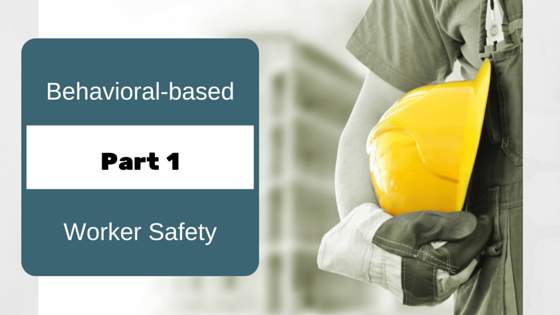Worker safety is a critical element in every food plant, regardless of the type of products manufactured. And while creating a safe, ergonomic work environment is a must, sometimes it’s not enough to ensure the safety of your most important asset—your employees.
In a recent Food Engineering article on ergonomic practices, I discussed how a behavior-based approach can enhance your plant’s worker safety. With behavior-based safety training, workers are incentivized to proactively look for potential hazards, creating a safety-oriented workforce.
While the traditional approaches to worker safety—including ergonomic design and compliance with Occupational Safety and Health Organization guidelines—should remain a priority, there are two major downfalls to those traditional precautions:
1. They are a reactive response to safety incidents.
Despite having an educated workforce, official protocols train them what to do after an incident has occurred. Often, worker safety is
approached based on lagging factors that can only help mitigate accidents, rather than prevent them.
2. Human error can never be completely prevented.
No matter how well-trained your workforce may be, or how well-designed your facility may be, accidents will happen. People are dynamic, and will make mistakes.
Why ‘recorded incidents per man hour’ discourages safety reporting
Unfortunately, worker-safety protocol is often implemented in a way that can actually discourage workers from reporting errors and work hazards. “Recorded incidents per man hour” is often the underlying driver of most traditional safety guidelines.
Workers know that number should be as low as possible, which means sometimes they look the other way when hazards arise in their work environments. Adding to the number of recorded incidents per hour is perceived as a bad thing, so workers are reluctant be the one to do so.
Rewarding and encouraging hazards reporting
At Stellar, we integrate a behavior-based approach into our existing safety practices. Proactively looking for hazards in both equipment and worker procedures and reporting them is both rewarded and encouraged. We’ve found that reinforcing such positive behavior is a highly effective way to engage workers in our safety culture.
Using a points program
Stellar is in the final stages of creating a points program to encourage its employees to actively keep job sites safe. Employees will earn points for positive behavior, as described above, and will be able to redeem those points for prizes in the “Stellar Store.”
The stigmatization of that pesky “recorded incidents per man hour statistic” is effectively reversed. Rather than ignoring hazards to keep that number as low as possible, workers are incentivized to report any and all potential dangers they see to earn redeemable points. As a result, your plant managers are made aware of more potential problems, and can prevent incidents before they happen.



